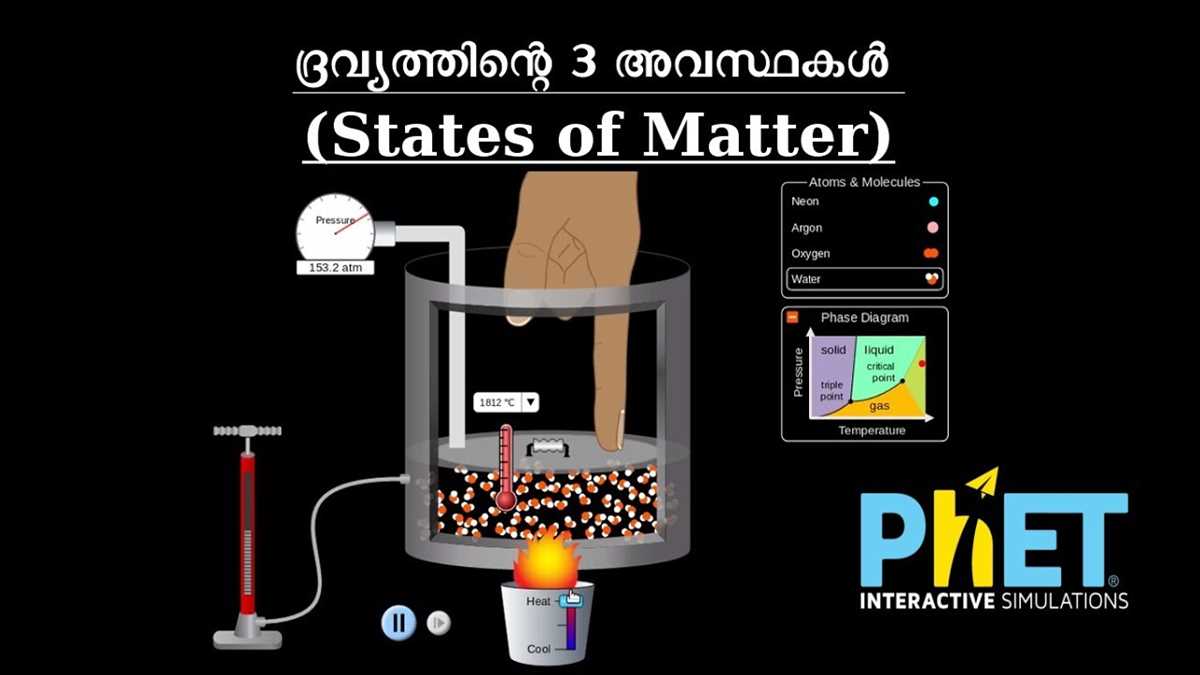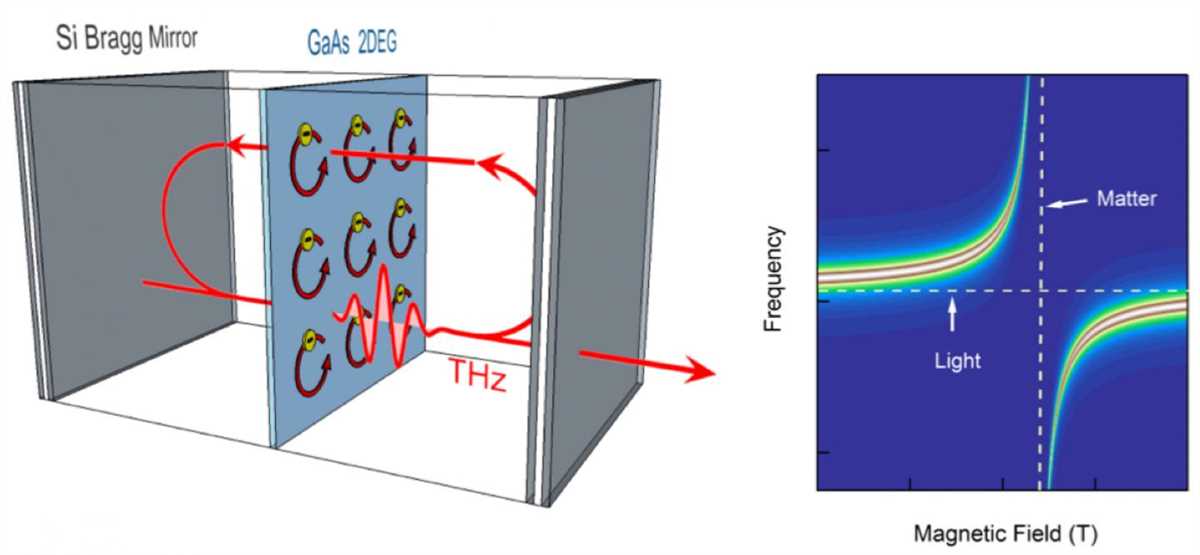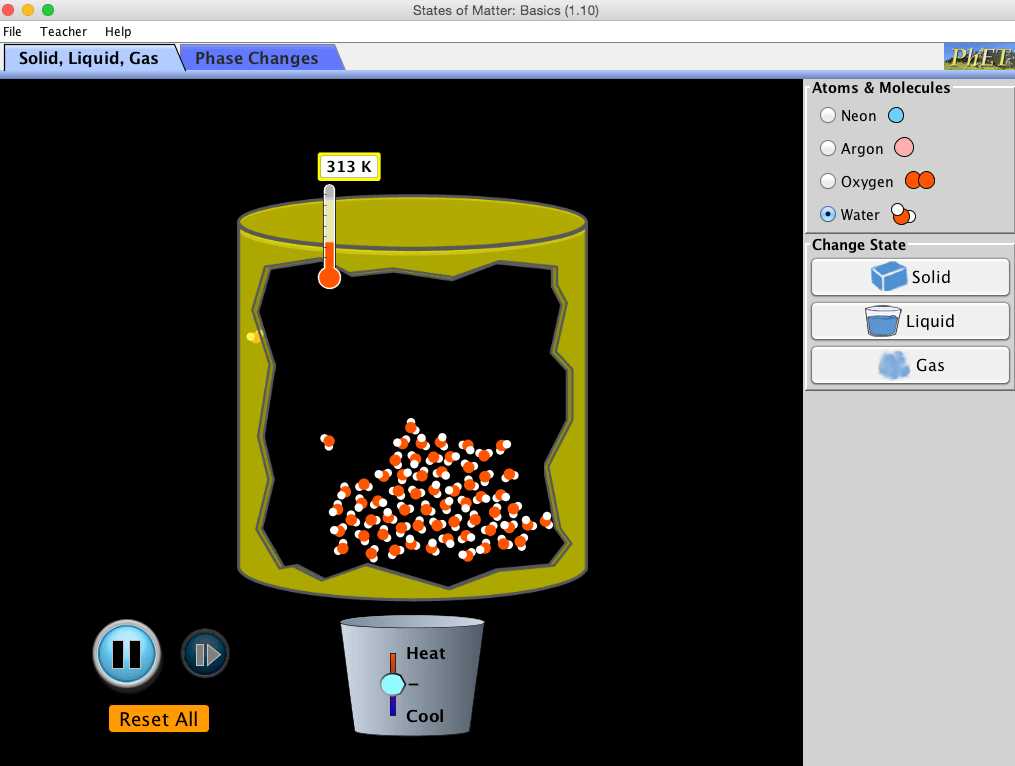
Understanding the interactions between matter and light is crucial to many scientific fields, including physics, chemistry, and biology. Light is a form of electromagnetic radiation that consists of particles called photons. When light interacts with matter, it can be absorbed, reflected, transmitted, or scattered. In this answer key, we will explore the different interactions of matter with light and discuss their significance in various areas of research.
One of the most common interactions between matter and light is absorption. When light energy is absorbed by matter, it causes the atoms or molecules in the material to gain energy and undergo changes in their electronic configuration. This absorption of light can have various effects, such as increasing the temperature of the material or triggering a chemical reaction. Absorption spectra, which measure the amount of light absorbed at different wavelengths, are commonly used in fields like spectroscopy to identify the presence of certain substances.
Another interaction between matter and light is reflection. When light encounters a smooth surface, such as a mirror, the photons bounce off the surface and create an image of the object that produced the light. Reflection plays a crucial role in optics and is used in devices like telescopes, microscopes, and cameras. By controlling the angle and surface characteristics, scientists and engineers can manipulate the reflection of light for various purposes, such as focusing light to create sharp images or redirecting light to maximize its intensity.
Transmission is another important interaction between matter and light. When light passes through a transparent or translucent material, it is transmitted, meaning it continues its journey without being absorbed or reflected. The degree of transmission depends on the properties of the material, such as its thickness and composition. This interaction is crucial in fields like optics, fiber optics, and telecommunications, where the transmission of light signals over long distances is essential.
Lastly, scattering is an interaction between matter and light that occurs when light encounters particles or irregularities in a medium. Scattering causes the light to change direction and spread out in different directions, leading to phenomena like diffuse reflection and the color of the sky. Scattering is studied in atmospheric science, materials science, and astronomy, and understanding its mechanisms can provide insights into the composition and properties of the scattering medium.
Exploring Interactions of Matter with Light Answer Key
The answer key for exploring interactions of matter with light provides a comprehensive understanding of the different ways in which matter can interact with light. It serves as a valuable resource for students and educators alike, offering clear explanations and examples to enhance their understanding of this complex topic.
The answer key covers various concepts including:
- The basics of light and its properties, such as wavelength, frequency, and the electromagnetic spectrum.
- The different types of interactions that can occur between light and matter, including absorption, reflection, refraction, and transmission.
- The factors that influence these interactions, such as the nature of the material and the angle at which the light strikes it.
- The practical applications of these interactions in everyday life, such as the functioning of optical devices like cameras and telescopes.
The answer key also includes:
- Step-by-step solutions to problems and exercises, allowing students to check their work and gain a deeper understanding of the material.
- Illustrations and diagrams to visually represent the concepts being discussed, making it easier for students to grasp the information.
- Additional resources and references for further study, enabling students to dive deeper into the topic if they wish.
In conclusion, the exploring interactions of matter with light answer key is a valuable tool for both students and educators. It provides a clear and comprehensive understanding of the topic, allowing students to improve their knowledge and skills in this area of science.
The Basics of Matter and Light
In the field of physics, one of the key areas of study is the interaction between matter and light. Matter is anything that takes up space and has mass, while light is a form of electromagnetic radiation that is visible to the human eye. Understanding how matter and light interact is crucial for understanding various phenomena in nature and developing new technologies.
When light interacts with matter, several important processes occur. One of these processes is absorption, where the energy of the light is transferred to the matter, causing it to increase in temperature or undergo a chemical reaction. Another process is reflection, where the light bounces off the surface of the matter without being absorbed. This is why we are able to see objects – they reflect light that enters our eyes. Yet another process is transmission, where the light passes through the matter without being absorbed or reflected. This is how light can travel through transparent materials like glass.
In addition to these processes, light can also be refracted or diffracted when it interacts with matter. Refraction occurs when light passes through a medium and changes direction due to a change in its speed. This is why objects can appear distorted when viewed through water or a lens. Diffraction, on the other hand, happens when light waves spread out after passing through a narrow opening or around an obstacle. This is why we can see patterns of light and dark when light passes through a small slit or a narrow opening.
The study of how matter and light interact is not only fascinating but also has numerous practical applications. It is essential for the design and development of technologies such as lasers, fiber optics, and solar cells. Additionally, an understanding of these interactions helps scientists investigate the properties of different materials and develop new materials with specific optical properties. By exploring these interactions, we can deepen our understanding of the world around us and harness the potential of light and matter for various technological advancements.
Understanding Reflection and Refraction

Reflection and refraction are two fundamental phenomena that occur when light interacts with matter. These phenomena play a crucial role in various everyday situations and have significant applications in technology and science.
Reflection is the phenomenon in which light bounces off the surface of an object and changes direction. It occurs when light waves encounter a boundary between two different media, such as air and glass. The angle at which the incident light strikes the surface is called the angle of incidence, and the angle at which the reflected light bounces off is called the angle of reflection. According to the law of reflection, the angle of incidence is equal to the angle of reflection. This law explains why we can see our own reflection in a mirror or why light rays bounce off a smooth surface.
Refraction, on the other hand, is the bending of light as it passes through different media. It occurs when light waves travel from one medium to another with different optical densities, such as from air to water or from air to a glass lens. The bending of light is caused by a change in the speed of light, which occurs when it enters a different medium. The amount of bending that occurs depends on the angle at which the light enters the medium and the difference in the optical density between the two media. This phenomenon is responsible for the way light is focused by lenses in eyeglasses or camera lenses, enabling us to see clearly and capture sharp images.
In summary, reflection and refraction are essential concepts for understanding how light interacts with matter. Reflection involves the bouncing off of light waves from a surface, while refraction is the bending of light as it passes through different media. These phenomena have a wide range of applications and are fundamental to our understanding of optics and the behavior of light.
Exploring Diffraction and Interference
Diffraction and interference are two important phenomena that occur when light interacts with matter. These phenomena can be observed and studied through various experiments, providing valuable insights into the behavior of light and its interaction with different materials.
Diffraction refers to the bending and spreading of waves as they pass through an aperture or around an obstruction. When light waves encounter an obstacle or opening that is on the order of their wavelength, they undergo diffraction, causing the wavefront to spread out in various directions. This can result in interesting patterns of light and dark regions, such as the famous double-slit experiment.
Interference, on the other hand, occurs when two or more waves superpose and their amplitudes combine either constructively or destructively. This can lead to the formation of interference patterns, characterized by alternating bright and dark regions. Interference can happen when light waves interact with each other or when they reflect or refract off surfaces. The color patterns seen on a soap bubble or an oil slick are examples of interference.
To explore diffraction and interference, scientists use various techniques and instruments. One common method is to shine a laser beam through a narrow slit or a diffraction grating. The resulting diffraction pattern can be observed and analyzed to understand the behavior of light waves. Another approach is to use interference filters or interference microscopes to examine and analyze the interference patterns produced by different materials or structures.
Studying diffraction and interference is not only fascinating but also has practical applications in many fields. For example, diffraction can be utilized to create holograms, while interference is the basis of various optical devices, such as anti-reflection coatings, interferometers, and diffraction gratings. Understanding these phenomena allows scientists and engineers to manipulate light for a wide range of applications, from telecommunications to imaging technology to laser physics.
Investigating Absorption and Emission
When studying the interactions of matter with light, scientists often focus on the processes of absorption and emission. Absorption occurs when matter captures photons of light, causing the energy of the light to be transferred to the matter. Emission, on the other hand, is the process through which matter releases energy in the form of photons of light. Understanding these processes is crucial in various scientific fields, including chemistry, physics, and astronomy.
The absorption and emission of light can be investigated through various experimental techniques. Spectroscopy is one such method that allows scientists to analyze the interaction of matter with light. By passing light through a sample of matter and measuring the amount of light absorbed or emitted at different wavelengths, scientists can gather valuable information about the composition and properties of the matter. This technique has proven to be particularly useful in identifying elements and compounds, as each absorbs and emits light at specific wavelengths unique to its structure.
- One application of investigating absorption and emission is in the field of astronomy. Astronomers use spectroscopy to analyze the light emitted by celestial objects, such as stars and galaxies, to determine their composition and temperature. By studying the absorption and emission spectra of these objects, astronomers can gain insights into their chemical composition, distance, and motion in space.
- In the field of chemistry, researchers use absorption and emission spectroscopy to study the behavior of different molecules. By analyzing how specific molecules absorb and emit light, scientists can gain information about their structure, electronic transitions, and even their reactivity. This knowledge is essential for understanding chemical reactions and designing new materials.
- Understanding the absorption and emission of light is also crucial in the field of physics. It plays a significant role in fields like quantum mechanics and solid-state physics. For example, the study of semiconductors relies heavily on the understanding of absorption and emission processes to design and improve electronic devices.
Overall, investigating absorption and emission provides valuable insights into the interaction of matter with light. This knowledge has far-reaching applications in various scientific disciplines and contributes to advancements in technology, medicine, and our understanding of the universe.
Applications of Matter-Light Interactions

Matter-light interactions have a wide range of applications, spanning across many different fields of science and technology. Here are some notable examples:
1. Optics and Photonics
Matter-light interactions play a crucial role in the field of optics and photonics. These interactions allow for the manipulation and control of light, enabling the development of various optical devices and technologies. Examples include lenses, mirrors, optical fibers, lasers, and detectors. These technologies have applications in telecommunications, medical imaging, aerospace, and many other industries.
2. Spectroscopy
Spectroscopy is a powerful technique that relies on matter-light interactions to study the interaction of light with matter. By analyzing the absorption, emission, or scattering of light by different materials, spectroscopy can provide valuable information about their physical and chemical properties. Spectroscopy is widely used in chemistry, physics, astronomy, and materials science, among other fields.
3. Medicine and Biotechnology
Matter-light interactions have numerous applications in medicine and biotechnology. Optical techniques, such as fluorescence imaging and Raman spectroscopy, are used for non-invasive diagnosis and monitoring of diseases. Laser-based treatments, such as laser surgery and photodynamic therapy, rely on matter-light interactions to selectively target and destroy abnormal cells. Moreover, matter-light interactions are employed in DNA sequencing, drug discovery, and tissue engineering.
4. Energy Harvesting and Conversion
In the field of energy, matter-light interactions are essential for the development of solar cells and photovoltaic devices. These devices convert sunlight into electrical energy by exploiting the photoelectric effect. Matter-light interactions are also utilized in other energy-harvesting technologies, such as photothermal and photochemical processes. The efficient harvesting and conversion of light into various forms of energy have important implications for renewable energy and sustainability.
In conclusion, matter-light interactions have revolutionized various scientific and technological domains. From optics and spectroscopy to medicine and energy, these interactions enable a wide range of applications that have a profound impact on our lives. Continued research and innovation in this field will likely lead to even more breakthroughs and advancements in the future.